**NOTE – We will CONTINUE to update this page with more information on both schools protocols – please send us your questions (admin@drdarria.com) – thank you!
Please see KEY LEARNINGS of our research HERE. Below you will find our Checklist for how to carry this out in your own school.
Experiences with K-12 schools over the last semester ranged greatly – from those that remained virtual the entire year thus far (Los Angeles Unified School District, District of Columbia Public Schools) to those that opened with extremely few mitigation measures in place, but then have been forced to close multiple times due to high community and school numbers (Cherokee County, GA).
It’s clear that there must be some middle ground between closed, and open but without protections. But what exactly SHOULD those be? With the new administration and push to re-open schools, come many questions – Can we do it safely? HOW can we do so safely? What is cost effective? What is “Hygiene Theatre”, with little true benefit?
Based on our experiences advising the SARS-CoV-2 response for two independent K-12 schools that have remained open since August 2020, despite high community numbers, we have released the findings of our process (Original publication found here). We wished to share our key learnings, unexpected stumbling blocks, and best practices, in hopes of being able to translate them to the broader school and education community, at scale.
Below, we have included the key items that must be considered for safe opening, by both school leadership and government policymakers.
What is necessary – to move from this experience, to SCALE
From schools
- Enforcement of strict quarantine protocols (see below)
- Ventilation: Maximize Airflow + Filtration
- Increase Airflow (Cubic Feet per Minute, CFM):
- CFM: Aimed for minimum 2x / hour, most classrooms and spaces were 4x / hour or more
- Dedicated Outdoor Air Systems (DOAS) opened to maximum
- Opening dampers
- How to filter:
- HEPA filters in classrooms
- HEPA / MERV high-rated filters installed on all HVAC
- Increase Airflow (Cubic Feet per Minute, CFM):
- Masks
- Universal requirement (providing as necessary for students)
- Face shields do NOT replace masks
- Masks must be two-layered – gaiters or masks with one-way valves are not sufficient.
- Disinfectant
- Hand sanitizer stations
- Teacher/faculty disinfecting desks, doorknobs, and other high-touch surfaces between classes
- During the summer, realizing that this would be an added lift on staff, our schools started training ALL teachers and staff re: disinfection practices, noting that ALL faculty and staff participate in disinfection.
- End-of-day chemical disinfection:
- Develop a regular chemical disinfection schedule
- Chemical / electrostatic spray
- Distance – and protocol changes to allow for this
-
- Distancing
- Aimed for 6 feet, while in some classrooms could only do 5 feet
- Staggered schedule class starts to reduce queuing
- Limit gatherings in restrooms
- Limiting large gathering activities (no large lunch)
- New carpool procedures
- New bus / transit procedures
- School B had bus procedures ongoing throughout the testing period (approx 40% of students use some form of busing), and had no incidents of COVID transmission while on buses. Required masking on buses at all times, aimed to have an extra adult at all times on bus to monitor masking and spacing (although not always possible to meet this standard). Kept multiple windows open – even if only a small amount. If a rider tested positive, quarantined all people sitting immediately with or in front of, adjacent to, or behind the positive cases. Aimed for, but were not able to fully follow recommendations of every-other-seat spacing.
- Assigned seating in buses and classrooms to facilitate contact tracing
- Identification of additional space to allow for distancing
- Within the school
- From the community (unused office space, etc that could be re-purposed)
- Other strategies, such as:
- New mealtime practices: In middle-school and LS, kids eat in classrooms while watching a movie, as otherwise would not have sufficient space to distance.
- Distancing
-
- Redirect staff
- For staff whose activities are currently not underway (ie club activities or other activities currently on hold), have them temporarily assist new COVID-related needs, such as contact tracing, supervision etc
- These new protocols will require additional staff supervision of students. In the past, 2 staff members could monitor a cafeteria. Now that students are all in classrooms, more staff will be required in able to have smaller groups still monitored
From Government
- Create clear protocols / SOP for schools –Our schools often noted that they felt they were “running a public health department”. This can be avoided by clear and centralized guidance from the government on protocols, so that schools are not left to invent their own protocols as well as execute them.
- Needed centralized protocols
- Strict quarantine protocols
- Following CDC guidelines
- Students with any symptoms suggestive of COVID required to stay home
- Students with a positive sibling or family remember required to quarantine at home
- Testing: Guidance on who to test / how frequently (ie universal testing vs targeted testing of higher risk groups), how to respond to positive results, how to inform families
- Strict quarantine protocols
- Clear guidance for athletics
- Clear guidance for when schools need to close / go fully virtual
- Rules per class
- Rules for schools (these two schools depended on a combination of community incidence, school incidence, and if the school had IN-school transmission). For instance, two separate homerooms having transmission within themselves would require them quarantining – but NOT require the entire school to close in the absence of transmission BETWEEN the two classes.
- Needed centralized protocols
- Must make pooled testing accessible
- Identifying testing was an ongoing exercise for our schools – at a large cost. Eventually, we were able to identify a lab doing pooled saliva testing – but these are rare. To date, most labs that are doing this are universities, companies, or Hollywood studios that have set up their own labs, and tests are not available to anyone outside that microcosm. Also, given the enormous pricing difference between individual PCR vs pooled, there is little economic incentive for commercial labs to take on the added hassle of pooled testing. It is incumbent upon the government to identify and provide access to pooled testing for schools.
- Pooled saliva was the most convenient source for our schools, as it allows for self-collection, does not mandate individual 1:1 monitoring during collection, and is less physically traumatic (important when testing weekly). Our experience showed that even the youngest students, ages 4-5, were able to quickly learn how to provide a sample.
- Testing must be able to have samples obtained at school, to create minimal disruption to the day.
- Dashboard
- To date, there is no one unified source of data collection, aggregation, analysis, and reporting. This must be provided by the government.
- Funding will be required for:
- For testing
- For staffing and support for contact tracing
- For data collection
- For school infrastructure adjustments
- Cost per school:
- $442 / child: For materials and consumables, additional custodial staff members, and potential additional transportation – this has been estimated to be approximately $442 / child (although they do recommend some items that our schools did not use, such as desk shields)
- $270 / child for weekly COVID surveillance testing, from Feb 1 – May 31 (done as pooled saliva testing, at $15 / student. Confirmatory testing averaged at our schools required PCR testing)
INTERVENTIONS TAKEN TO SUSTAIN IN-PERSON ACTIVITIES (TABLE 1 IN PAPER)
| School A | School B | |
| Stakeholder Engagement + Activities | ||
| Community contract | • Avoid large gatherings
• Quarantine the entire family if 1 member tests positive for SARS-CoV-2 • Report COVID-19 symptoms proactively to the school • Reduce in-community activities *Implied contract; no signature required |
Agreement electronically signed by parents |
| Physical Infrastructure | ||
| Desks | Changed from group tables to desks 6 feet apart. | Most spaced 6 feet apart, some 5 feet apart. |
| Schedule | Staggered class starts to reduce queuing | Shifted to block scheduling for middle and upper school students (4 classes per day) with 15 minutes of passing time between each class |
| Restrooms | Limited number of people in restrooms based on number of stalls/urinals | Limited number of people in restrooms based on number of stalls/urinals. |
| Hand sanitizer stations | • Sanitizer placed at entrance to every building and class.
• Outdoor hand-washing stations. |
Sanitizer placed at all major entrances, division offices, and common areas. |
| Disinfection | Teachers disinfected each desk and doorknob between classes. | Classrooms disinfected between each class for middle- and upper-school students.
Classrooms disinfected with R- Zero UV light system at the end of the day. |
| Airflow | • MERV filters enhancement | • MERV-13 filters enhancement |
| • Dedicated outdoor air systems opened to maximum
• Bipolar deionization in mechanical system |
• Windows and doors in classrooms open
• Windows on buses open |
|
| Temperature Checking | Kogniz IR cameras at main entrances | Kogniz IR cameras at main entrances |
| Changes in policies and operations | ||
| Carpool drop off and pick up | Social distancing at dropoff | Social distancing at dropoff |
| Mask wearing | Double-layer mask required at all times except for snack and lunch, which are consumed silently at desks, and for a daily outdoors, socially distanced, 5-minute break. | Required at all times, removed only for eating/drinking. |
| Participation in extracurricular sports | Many extra-curricular activities cancelled (particularly for lower school)
• Varsity sports continued, but with regular PCR and rapid testing of all players; small pod training; |
Extra curricular activities cancelled until Mid-November. Then largely intramural. |
| Conversation during lunch | • No conversation while eating.
• Movies shown during lunch to limit talking. |
Limited in classrooms; allowed if eating outside. |
| Congregating activities | No congregate activities | Middle- and upper-school chapel held via Zoom. No gatherings greater than 25 allowed. |
| Quarantine policies | • Positive child isolated for 10 days
• siblings of positive child isolated for 14 days |
• 14 days off campus after positive test.
• Family of student must remain off campus for additional 14 days. |
| Contact tracing | – Positive child isolated for 10 | Contact tracing via Excel |
| procedures | days from test
– siblings of positive isolated for 24 days from sibling test |
spreadsheet |
| Remote learning triggers | Based on consultation with medical advisors. | |
| In-school sports | All sports continued with protective protocols and enhanced testing over holidays and before events. | Conditioning only for most of semester; intramural basketball games with players masked began in early December. |
| Out-of-school sports | No school position | Discouraged in community contract. |
| Testing procedures | ||
| Test type | ● Round 1: PCR, anterior nares collection
● Round 2: Nasopharynx PCR for upper school, Thermo Fisher TaqPath saliva test for lower- and middle-school students ● Round 3 and ongoing: pooled saliva PCR via SalivaDirect™ |
● Rounds 1 – 5: Thermofisher TaqPath assay, anterior nares collection
● Rounds 6-16: SalivaClear saliva collection |
| Frequency of universal laboratory testing | At entry; monthly while doing individual tests; weekly once switched to pooled saliva testing | Half the population every week (ie entire population tested every other week). |
| Individual screening in addition to universal screening | ● Contacts of positive cases
● Athletes ● Symptomatic individuals |
● Contacts of positive cases
● Athletes |
| Sewage testing | None | Twice weekly |
Study: The Experience of Two Independent Schools with In-Person Learning During the COVID-19 Pandemic
Long Gillespie, Darria MD MBA, Lauren Ancel Meyers PhD, Michael Lachmann PhD, Stephen C Redd MD, Jonathan M Zenilman MD
Photo credit Shutterstock

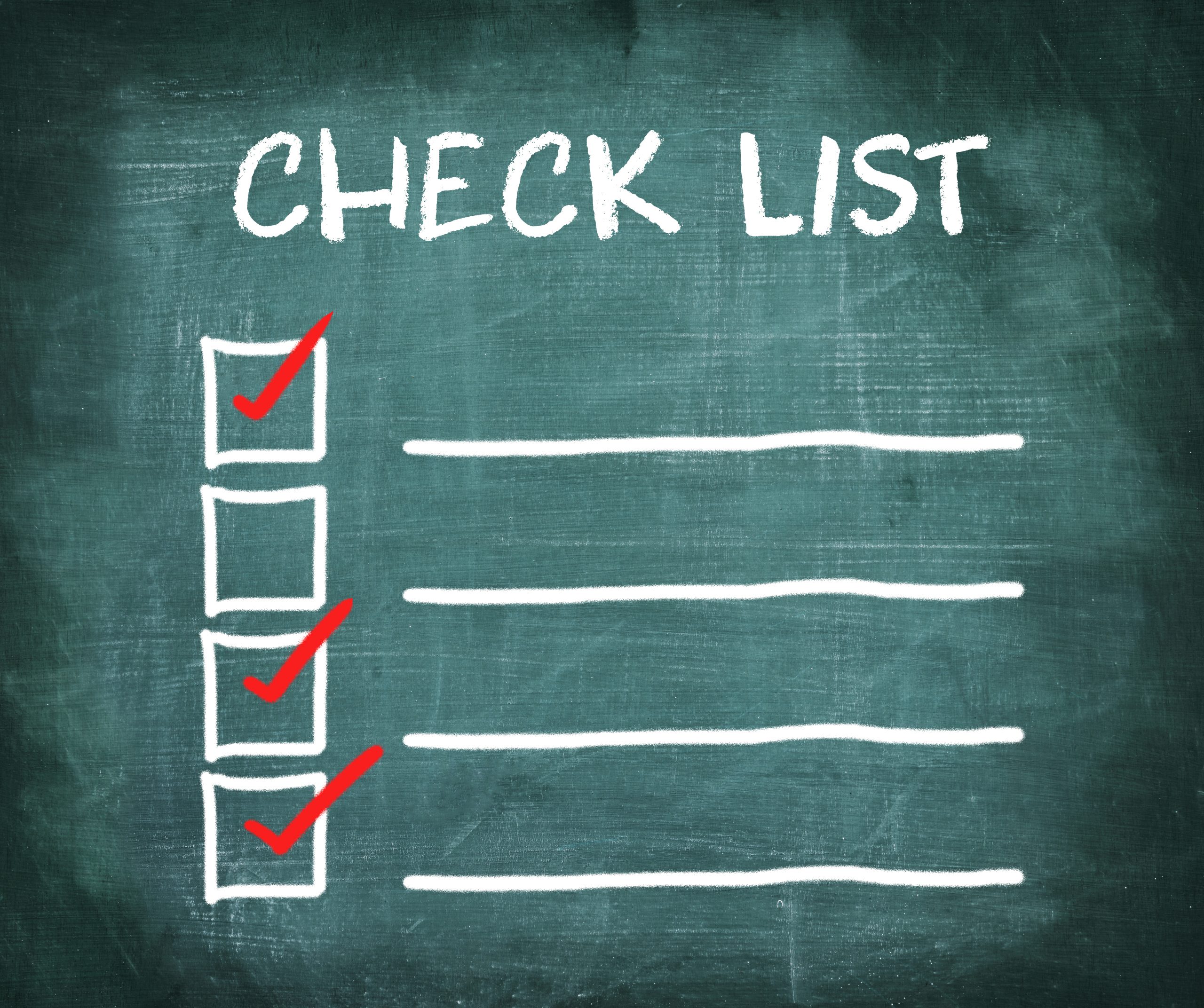
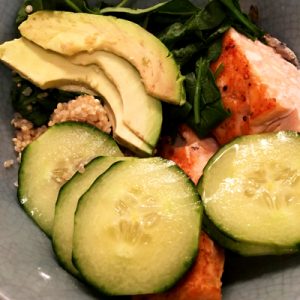
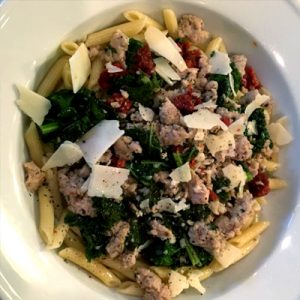


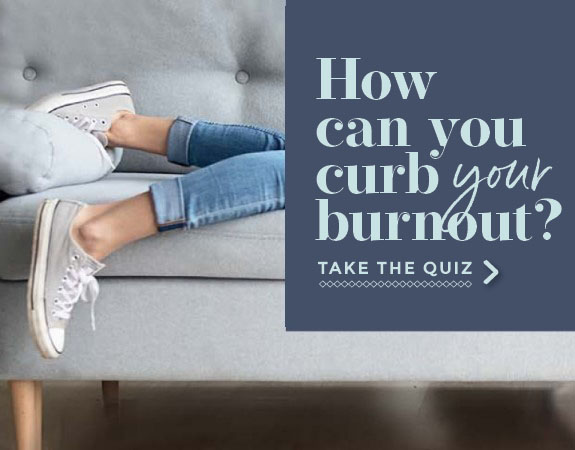
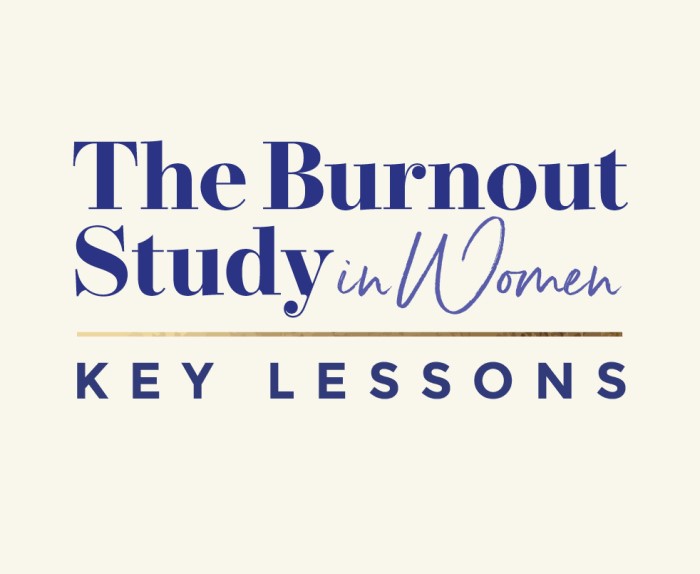

1 thought on “Schools and COVID – A Checklist to Re-Open – for School Leaders and Policymakers”